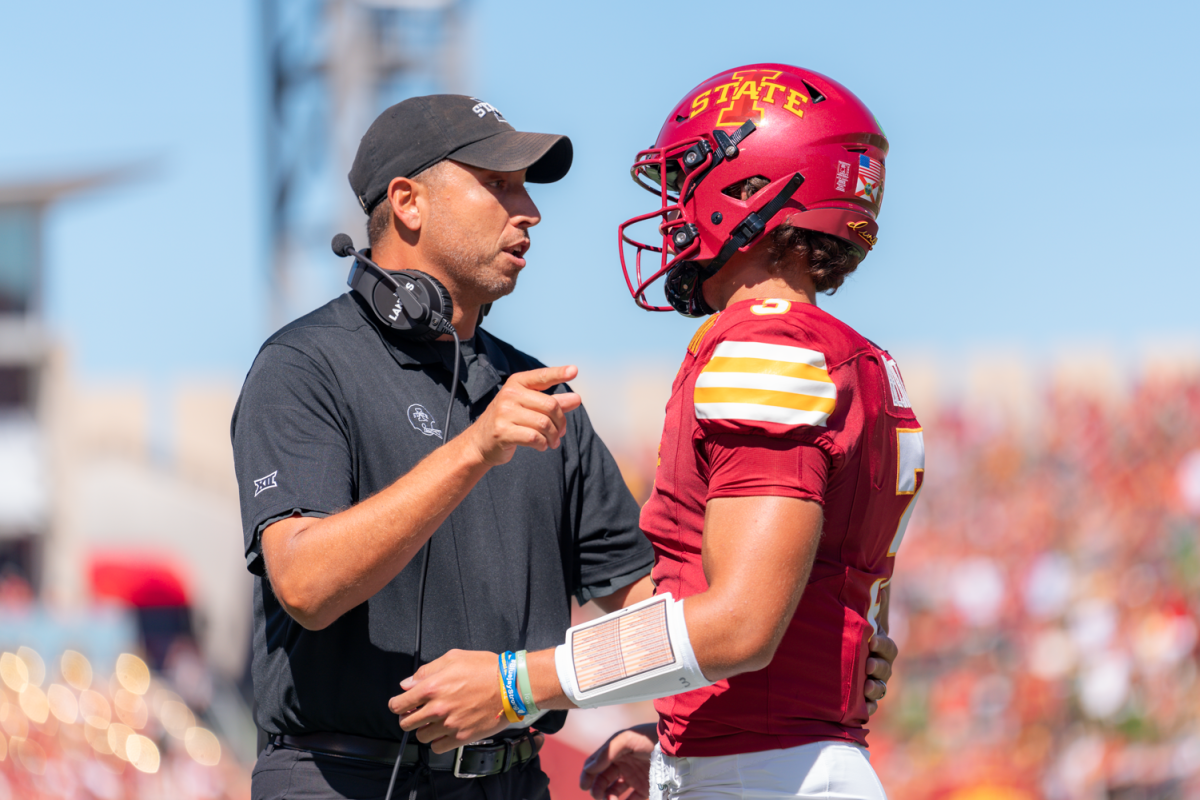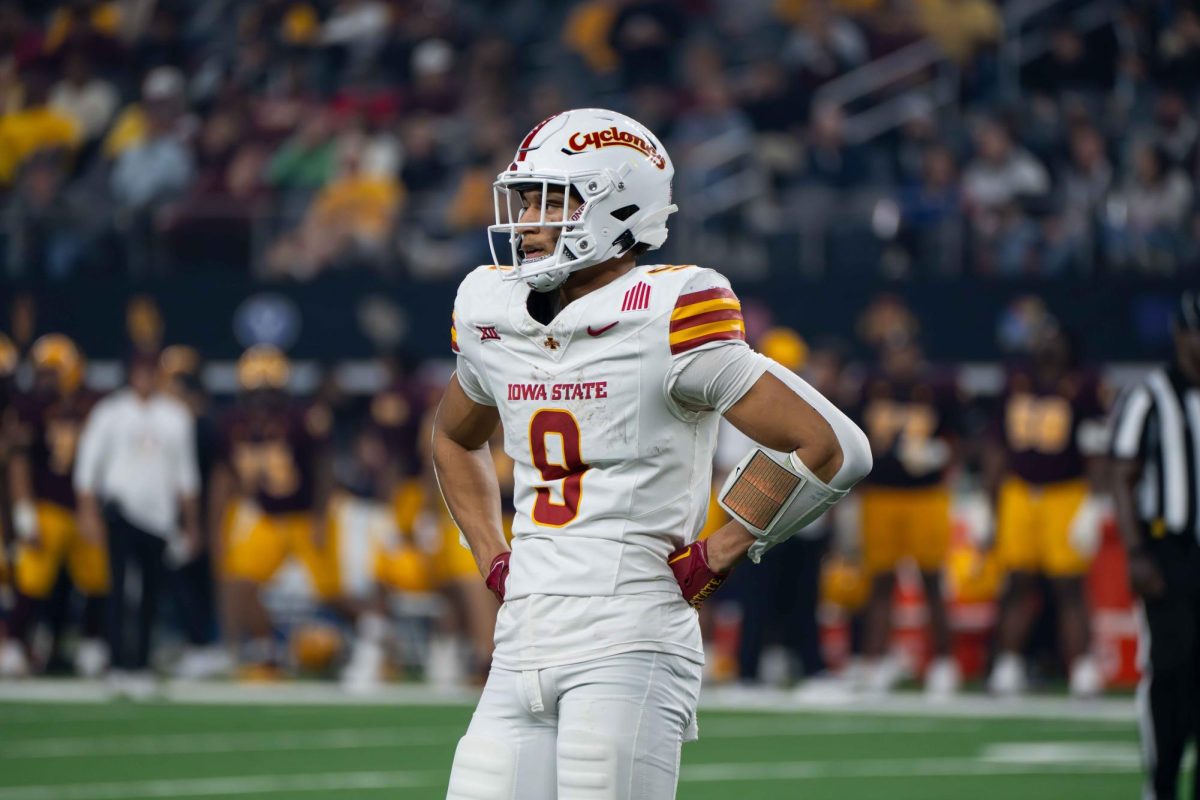Liaisons support minority students
October 7, 2000
The enrollment and recruitment of minority students at Iowa State has been on the rise, due in part to the work of ISU Minority Liaison Officers.
George Jackson, former assistant vice president for student affairs, said he decided in 1994 that Iowa State needed a program to help raise the retention and graduation rates of minority students.
“The Minority Student Services review team decided to place a liaison in every college,” said Rafael Rodriguez, director of Minority Student Affairs.
While the responsibilities of each officer are college-specific, general responsibilities of the liaisons include holding students responsible to the academic standards of that college, as well as developing a budget and making policies regarding the advising and curriculum development in that particular college.
“MLOs are liaisons between the Minority Student Affairs office and their respective college, as well as a liaison between the minority students and their respective colleges,” Rodriguez said.
He said each college is responsible for hiring its liaison officer, and officers do not necessarily need a degree in the field.
“Your major doesn’t matter. It’s the experience that you’ve had working with students that is essential,” said Susana Rundquist, liaison for the College of Education.
Frank Bell, liaison for the College of Design, said his job involves focuses on communication.
“I teach students how to interact with faculty, communicate ideas better and work with others,” he said.
Other liaisons also said the job involves several different aspects of college skills.
“The MLOs provide students with support in different areas dealing social, financial, personal and academic problems,” said Juan Davila, liaison for the College of Business.
This extra support system has proven beneficial as more minority students succeed at Iowa State every year, Bell said.
“We work with the academic and personal development of minorities in our colleges,” he said. “Each semester, I have fewer and fewer students who withdraw from school and get midterms.”






